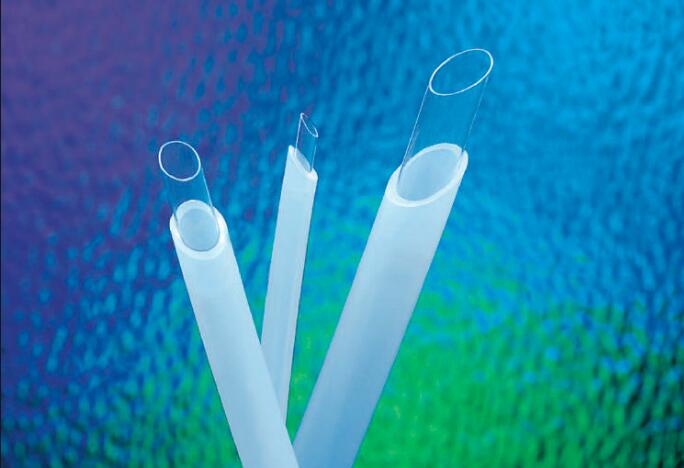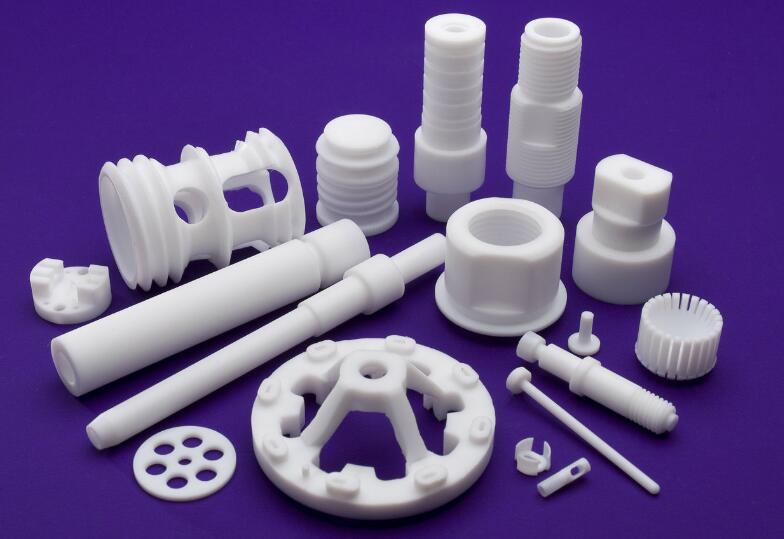Properties
Fluoropolymers are produced from alkenes in which one or more hydrogen atoms have been replaced by fluorine. The most important members are polytetrafluoroethylene (PTFE), polychlorotrifluoroethylene (PCTFE), poly(vinyl fluoride) (PVF) and poly(vinylidene fluoride) (PVDF).
Due to the weak van der Waals forces, polyfluoroolefins have a very low coefficient of friction and very low surface tension and, due to the stability of the (multiple) carbon-fluorine bonds, excellent chemical resistance, which increases with the number of fluorine atoms in the repeat unit. They can be used both at high and very low temperatures and possess outstanding resistance to weathering (UV-resistance). Most fluoropolymers are also totally insoluble in most organic solvents and stable in concentrated acids and bases.
The largest-volume polyfluoroolefin is polytetrafluoroethylene (PTFE). This polymer has unique performance properties. It has outstanding thermal, electrical and chemical resistance and can be used both at very high (up to 530 K) and extremely low temperatures. Its coefficient of friction is among the lowest of all polymers (self-lubricating and non-stick). PTFE cannot be dissolved in any common solvent below its melting point. It is ideal for applications where broad chemical resistance, high durability, wide service temperature range, excellent dielectric properties, low friction, and non-stick are required. The properties of PTFE – high crystallinity, very high melting point (600 K), and very high melt viscosity – do not allow its processing by the usual process methods for plastics. Instead, similar to metal forming, the granular resins are processed by compression moulding at ambient temperature followed by sintering above the crystalline melting point.
Various copolymers of tetrafluoroethylene (PFA, FEP, ETFE) and other fluoropolymers with lower melting point and crystallinity were developed to overcome the lack of melt processability of PTFE. Among these, poly(vinylidene fluoride) (PVDF) is noteworthy. These resins are some of the easiest to process fluoropolymers. PVDF has high tensile and impact strength, and excellent resistance to tensile creep and fatigue. Like PTFE, it exhibits high thermal stability.
Another important, highly crystalline fluoropolymer is poly(vinylfluoride) (PVF). PVF films are strong, flexible and have good fatigue-resistance and can be used for applications in the temperature range from approximately 200 K to 380 K.
Приложения
Fluoropolymer applications include electrical (coaxial cables for radio frequency, tapes, seat heating, appliance and aircraft wiring), chemical (lined pipe and fittings, gaskets, thread sealant tapes), mechanical (bearings, seals, piston rings, anti-stick coatings, self-lubricating parts) and filters and membranes.




